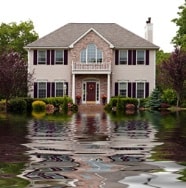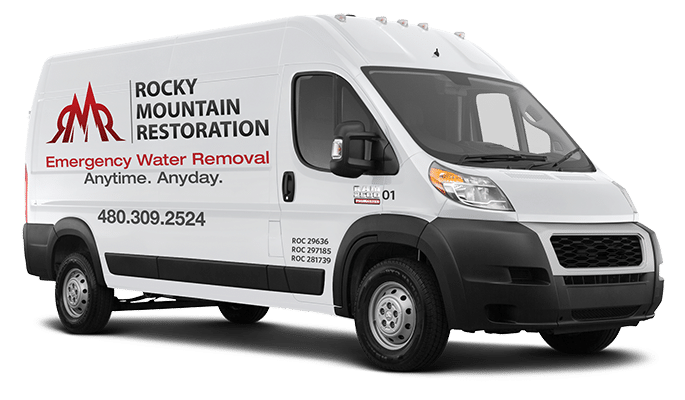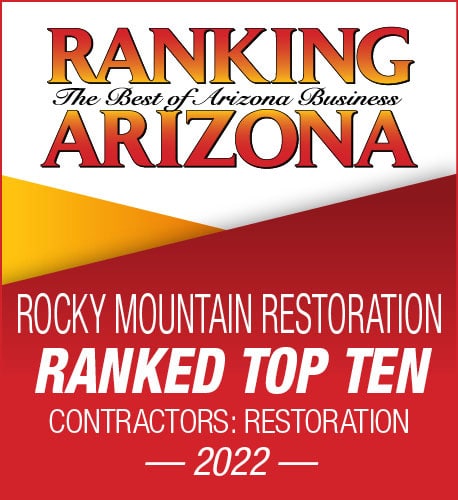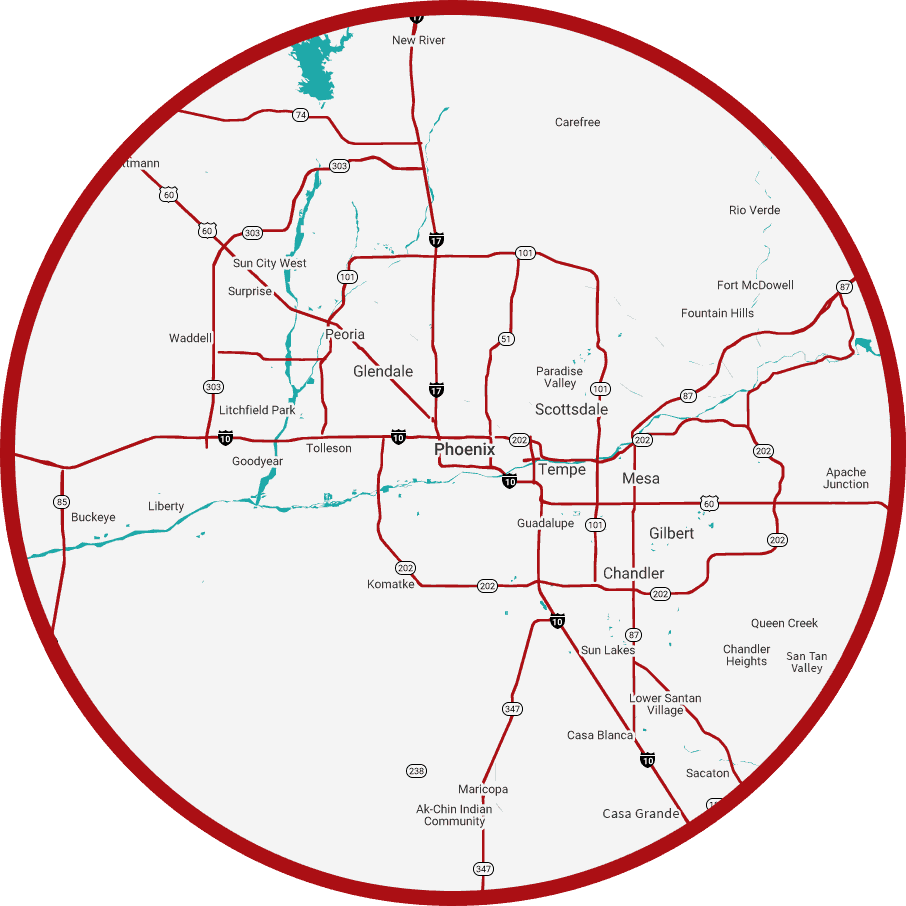Washing Machine Hotel Failure – Nightmare

For commercial properties, there may be several washing machines on the premises, so this can present an even more pressing concern, since just one defective or faulty hose can lead to flooding overnight, and several could be an even more expensive disaster. Not every faulty washing machine hose immediately presents the “warning signs” of an impending flood, either.
Understand that faulty washing machine hoses are among the top five sources of home insurance claims involving flooding. Regardless of whether or not you’ve personally run into this problem before, it should be considered a serious issue and one worth thinking about so that you can protect your property.
How Does it Happen?
- The same water pressure in faucets is what you get in washing machine hose pressure, but those faucets only have to deal with a short length of piping to transport water. With a hose, any part or junction can experience degradation over time, whether due to low quality construction or simple time and usage, and they are usually up to four feet long!
- Over 600 gallons per hour the amount of water that they can dump into your home or business – and that’s significant. Supply lines are always “on,” and capable of producing a massive flood in a very short period of time if the problem is neglected or you are away from the property. Even if noticed within half the time, that’s still 300 – 400 gallons in very short order. That can equal a half an inch of standing water in a 1,000 square foot space.
- The rubber that’s used to make the hose parts break down over time, and the failure rates for washing machine hoses goes up significantly if the parts are older than five years, with 80% of breaks occurring before a hose reaches the ten year mark.
What You Can Do:
- Replace older and faulty hoses, NOW. Do not wait to replace any part that is looking old, dry or “tired.” A flood could happen while you’re asleep, resulting in, at the very least, 4-6 hours of unchecked, unregulated water entering an area of your home, dumping thousands of gallons into your property. Avoid the issue entirely by having your hoses replaced immediately. There’s no reason to gamble with flooding.
- Do regular inspections of the hoses and fittings. We recommend inspecting the hoses every thirty days. Both the hot and cold lines should be examined for visible damage, including bulges, cracks, any discoloration, bending in the line, and more. Leaks are a more obvious sign.












